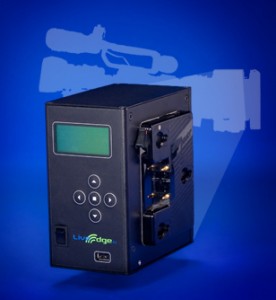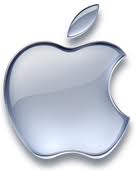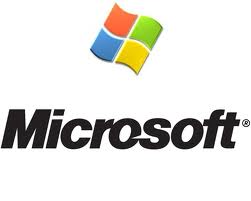 I was crushed to read the news today that Motorola will no longer sponsor the headphones worn so stylishly by NFL coaches on the sidelines. Of course the businessperson in me immediately started thinking: Who would step up to ensure that crucial sidelines communications remain solid? How will coaches cope with the possibility that we might see, on live TV, that they have more than one ear?
I was crushed to read the news today that Motorola will no longer sponsor the headphones worn so stylishly by NFL coaches on the sidelines. Of course the businessperson in me immediately started thinking: Who would step up to ensure that crucial sidelines communications remain solid? How will coaches cope with the possibility that we might see, on live TV, that they have more than one ear?
With my marketing hat on (no headphones atop it) I started thinking: This is a great chance to bring coaching technology into the year 2012. How about a “coaches helmet” with a flip-down mirror screen when they need to read plays, so that they can finally get rid of that handy clipboard that they now have to hold in front of their mouth?
Or maybe this is Polycom’s moment in the sideline sun — in the business world we all know about how well the company’s triangular speakerphones keep meetings running on and on and on and on. Why not a super sideline version of the conference phone? Coaches could then be headset free, and just keep turning around asking, “who’s on this call?” while the other team runs a naked blitz.
The smartphone-era alternative, of course, is to have all coaches go hands-free with a bluetooth earpiece and an accompanying phone in their pocket. Old schoolers like Tom Coughlin of the New York Giants will probably want a leather belt holster for the phone, just like a Cisco engineer. Since the Niners’ Jim Harbaugh is a bit younger he might go for a classic iPod look, with the distinctive white cords hanging down from his baseball cap. Whichever way they go, it’s a new era in the NFL. One where the trogolodyte ear-cups and boom microphones no longer have a place.











